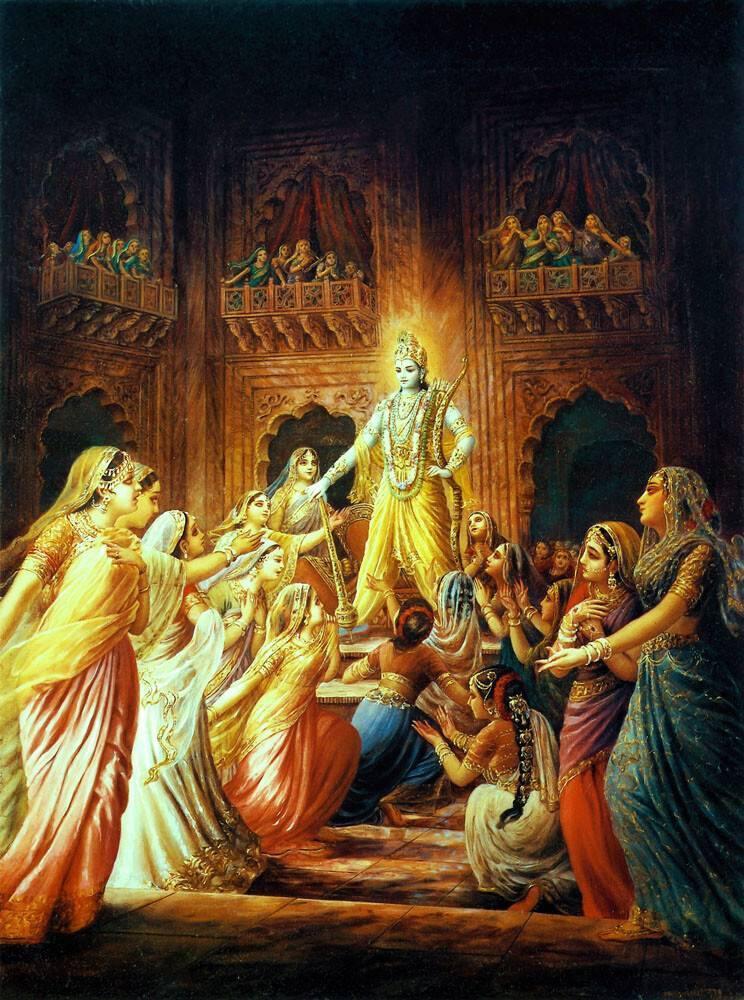what is niyog?
Namaste
In the realm of Hindu traditions, Niyog has been subject to misunderstandings and misjudgments, clouding its cultural and historical significance. This ancient practice has often been mischaracterized, leading to misconceptions that distort its true essence. Let’s delve into the authentic scriptures and sources to unravel the real purpose of Niyog.
Niyog, unfortunately, has been painted with a broad brush, often perceived as a pursuit of pleasure rather than its intended purpose. The misconception suggests that widows are obligated to engage in sexual relations with their dead husband's brothers or some brahmin portraying Niyog in a negative light.
However, a closer look at Hindu scriptures reveals a different story. Niyog Pratha was actually a tradition where the wife can have relation with some other person(the person may be Brahmin as well as Brahmins are free of sexual desires and sins) if her husband is dead of has lost the capability to produce children. This can be compared to IVF as for modern times as it was done only to continue the family line.
**Rigveda 10.40.2**: The Rigveda, one of Hinduism’s oldest texts, addresses Niyog within a specific context. It states that Niyog is acceptable only in cases of spousal demise or infertility, highlighting its true aim of ensuring the continuation of family lineage, not mere lust or pleasure-seeking.
**Narada Smriti 12:82-88**: According to the Narada Smriti, Niyog is practiced solely to prevent the extinction of the family lineage, emphasizing its importance for continuity rather than frivolity. It clarifies that Niyog is not driven by lust but by the necessity to preserve ancestral heritage
Now since we know what is niyog and why was it done, we must also clarify whether this activity is still permissible.
As we know, people in kalyug are quite sinful and full of lust, Niyog is actually banned in this kalyug era.
**Brahma Vaivrata Purana (4.115.113)**: As we transition into the Kaliyug, certain practices are deemed unsuitable due to changing societal norms. The Brahma Vaivrata Purana explicitly mentions Niyog as prohibited in this era, marking a shift from past customs.
**Brihaspati Sutra 25:12:14**: This scripture explains how societal norms have evolved over time, noting a decline in human capacities. Consequently, practices like Niyog are no longer feasible, highlighting its contextual nature.
**Brahm Puran (Apararka p. 97)**: In the Kaliyug, characterized by moral decay, Niyog is discouraged due to increased tendencies towards sinful behavior. This underscores the need to understand Niyog within its historical context.
In essence, Niyog is just like IVF for modern times when a wife undergoes the process to have child if her husband has been died or doesn't have the capability to produce child. Since, there were no technology back then, physical relations were given emphasis(but not for sexual enjoyment) Niyog is far from being a mere indulgence; it was just a tradition aimed at preserving familial lineage and bloodline.
Team
Vedic veracity



~2.jpeg)






Comments
Post a Comment